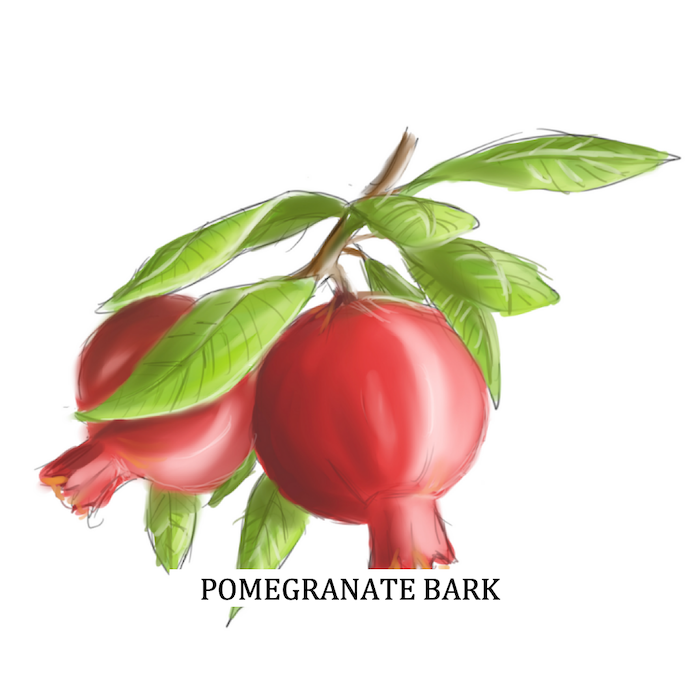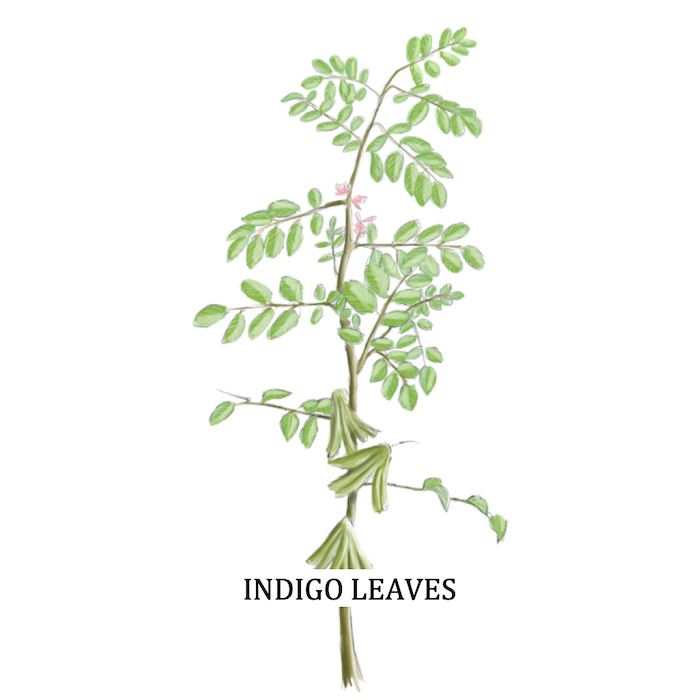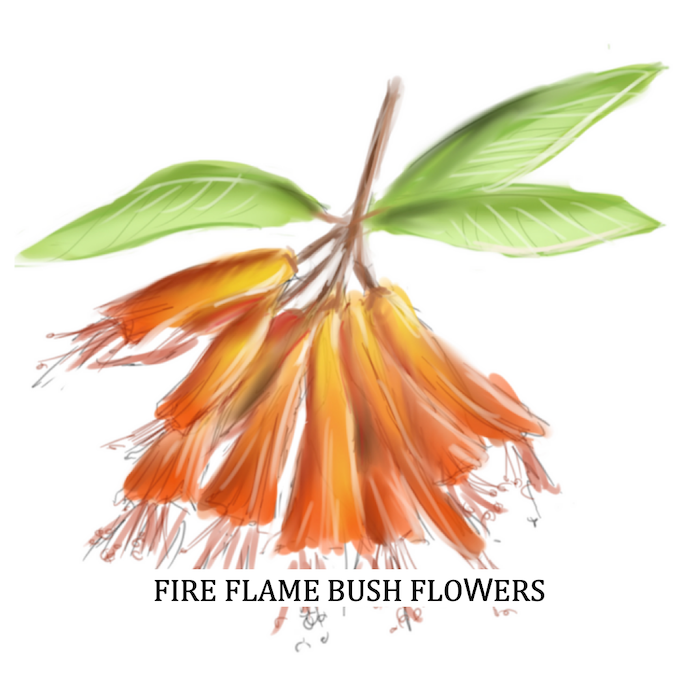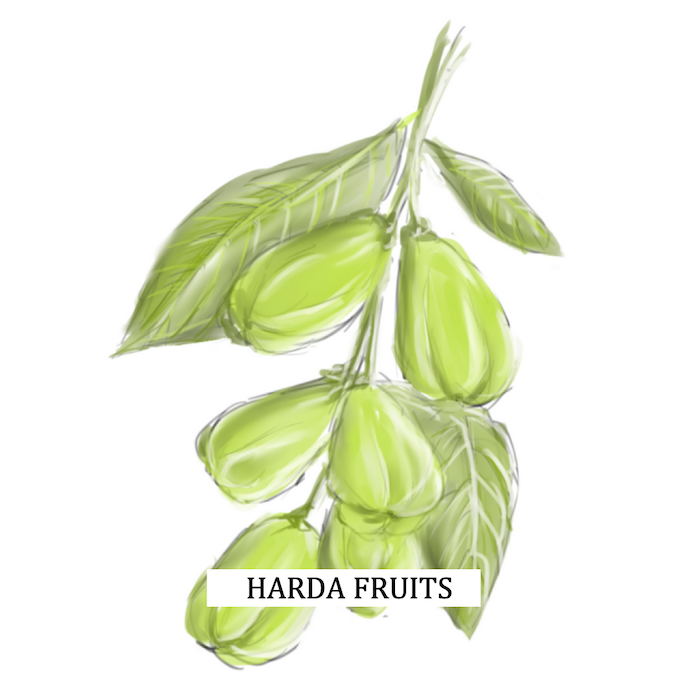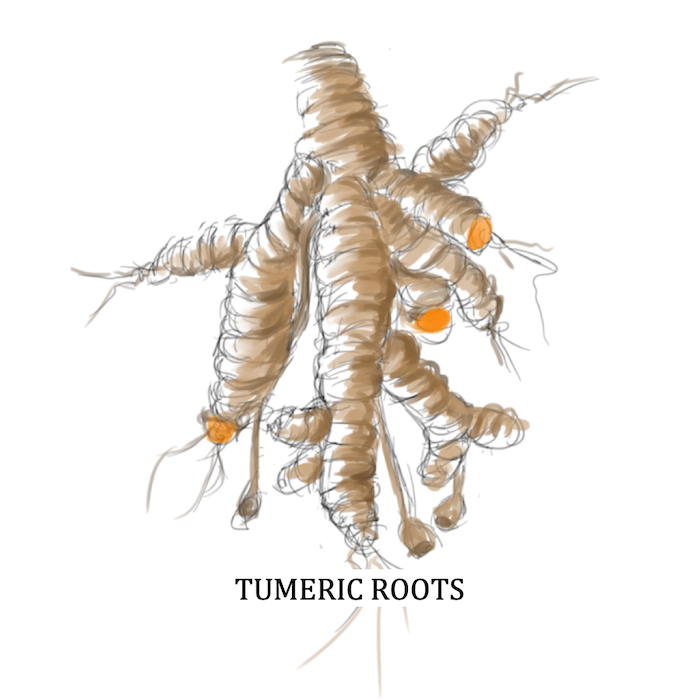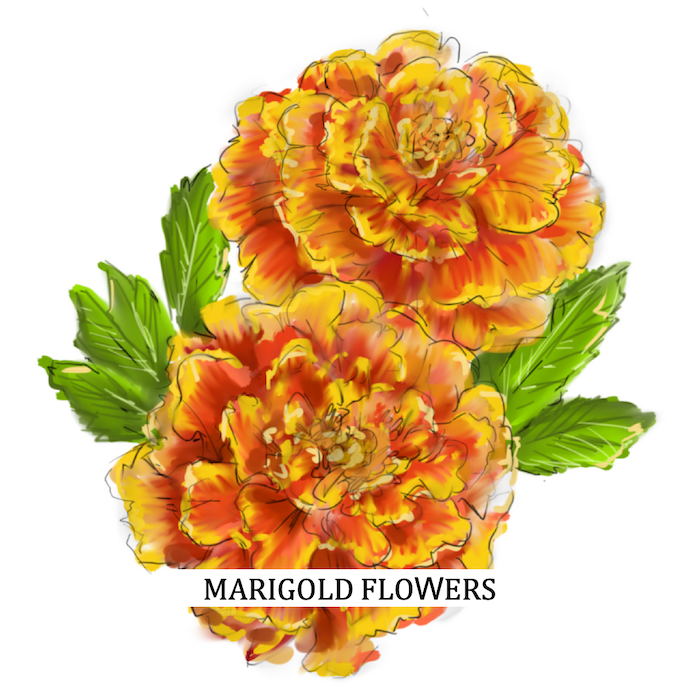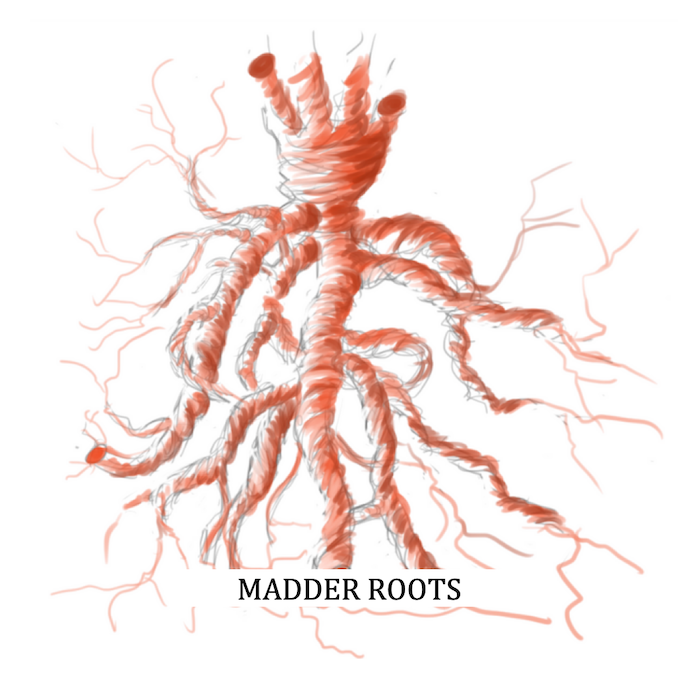Nature is, by definition, colourful. It has always been able to offer mankind the plants and minerals needed to create colours.
From China to India, via the Persian Empire and Israel, it is well before our era that mankind became interested in natural dyeing and more particularly in dyeing plants, which take their name from their colouring power.
Since Antiquity, Man has sought to distinguish himself by the colouring of his clothes. He first turned to the earth and minerals before discovering dyes extracted from the plant world. The ancestral know-how of natural dyeing has been perfected over the ages and civilizations.
The technicality of colours
In natural dyeing, each dyeing plant has its own codes, recipes, tints and changes over time. The mastery of natural colours involves a great deal of know-how halfway between botany and chemistry. The dyeing power of certain plants is found in the flowers, leaves and fruits, while for others, the roots, branches and bark are used. For some, these elements must be boiled when other plants require a fermentation period as in the case of Indigo for example.

Production in India
It is a production allowing large quantities, in particular linked to the use of specialised dyeing machines.
We collaborate with different dyers in the Gujarat region, according to the needs of each of our customers.
The production can be semi-industrial (machine dyeing above 50m per colour) or artisanal (hand dyeing below 50m per colour).
plain COLORS
The plant colours we use are visible on our colour sample sets on woven and knitted fabrics.
For natural dyeing, we work at the request of customers and therefore have very little stock of dyed fabrics.
Minimum orders are 50 meters per colour.
The production time is about 3 months for the natural dyeing service.
PRINTING SERVICE
Concerning the service of natural printing by screen printing frame or printing block, we can study together your needs. The minimum order is 50 meters per design.
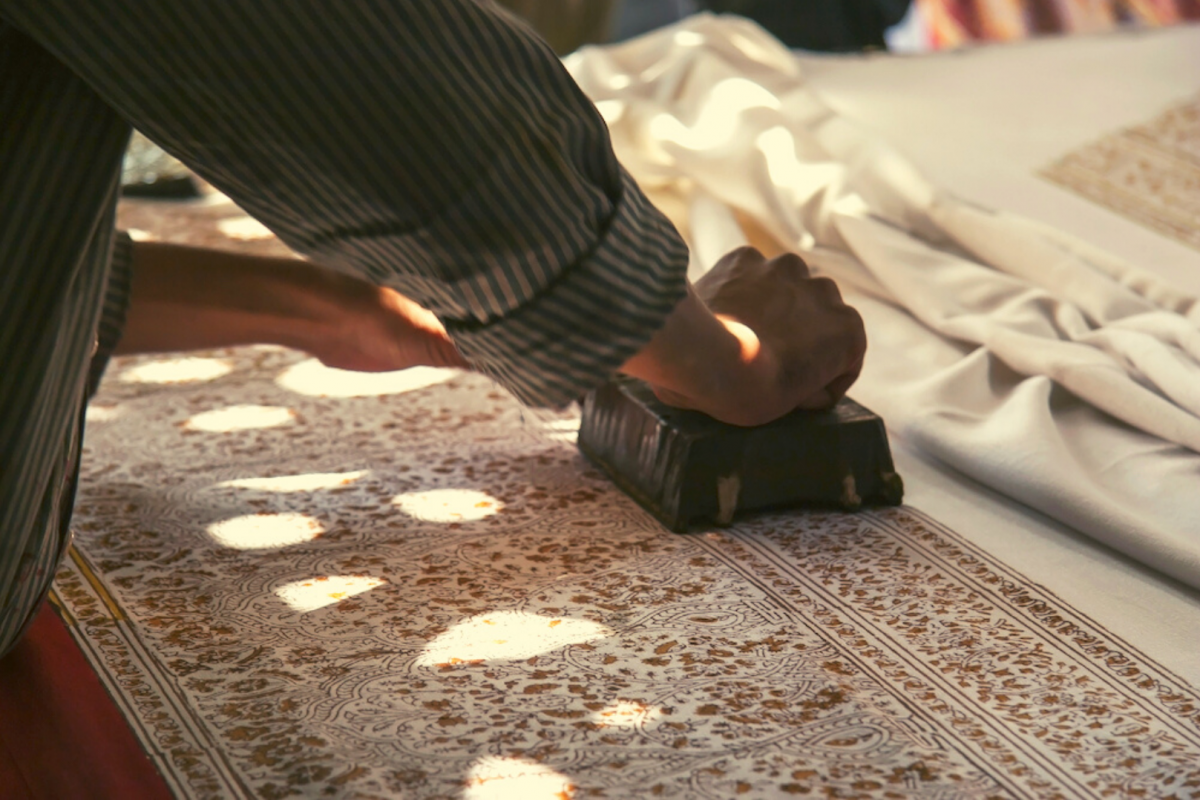
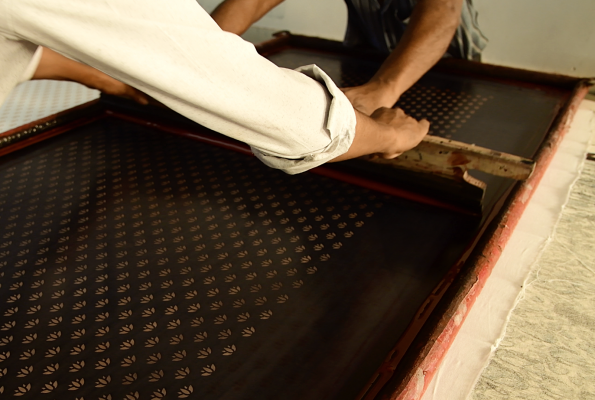


 Français
Français